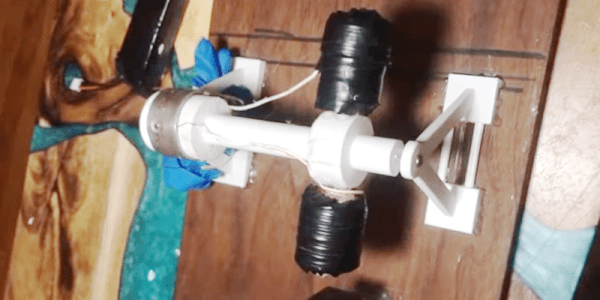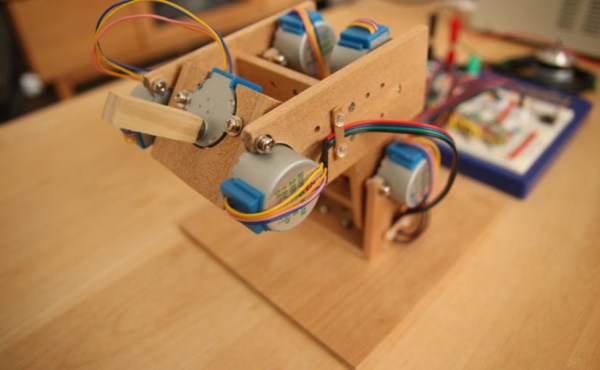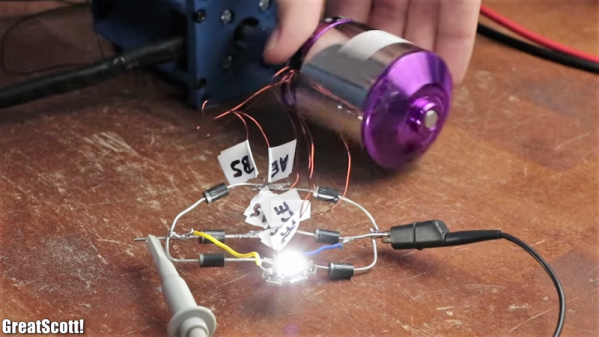[Ben Gravy] isn’t your average pro surfer. For one thing, he lives in New Jersey instead of someplace like Hawaii or Australia, and for another he became famous not for riding the largest waves but rather for riding the weirdest ones. He’s a novelty wave hunter, but some days even the obscure surf spots aren’t breaking. For that, he decided to build a surfboard that doesn’t need waves. (Video, embedded below the break.)
The surfboard that [Ben] used for this project isn’t typical either. It’s made out of foam without any fiberglass, which makes the board less expensive than a traditional surfboard. The propulsion was handled by an electric trolling motor and was hooked up to a deep cycle battery mounted in the center of the board in a waterproof box. The first prototype ended up sinking though, as most surfboards can’t support the weight of a single person on their own without waves even without all the equipment that he bolted to it.
After some reworking, [Ben] was able to realize his dream of riding a surfboard without any waves. It’s not fast, but the amount of excitement that he had proves that it works and could fool most of us. This hack has everything, too: a first prototype that didn’t work exactly right and was fixed with duct tape, electricity used in a semi-dangerous way, and solving a problem we didn’t know we had. We hope he builds a second, faster one as well.
Continue reading “Shred The Gnar Without Paddling For Waves”



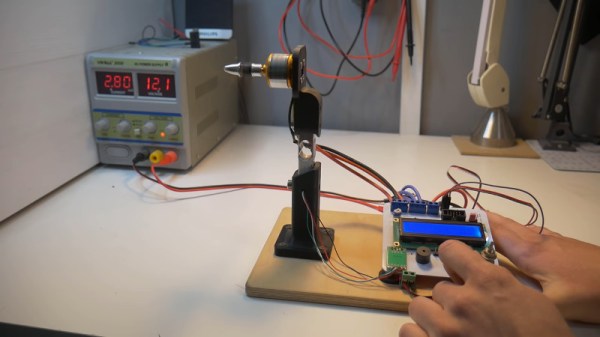
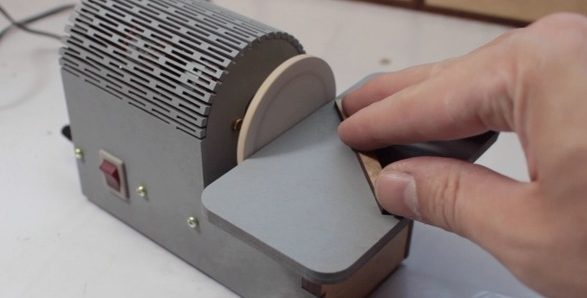
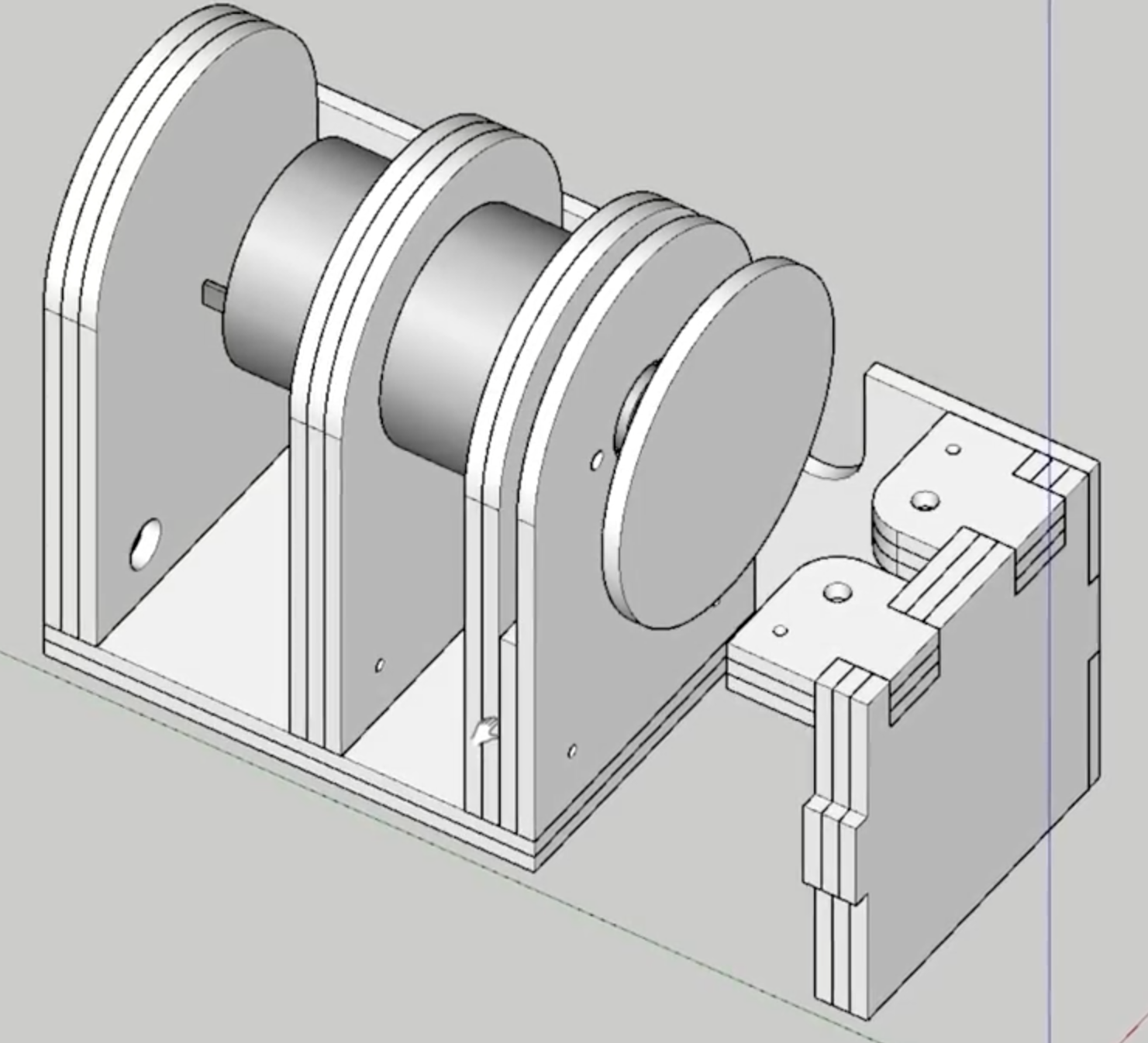 Electrically the build is a simple as can be. It’s just a brushed DC motor plugged into a wall wart with a barrel jack and a toggle switch. But what else does it need? This isn’t a precision machine tool, so applying the “make it out of whatever scrap” mindset seems like a much better fit than figuring out PWM control with a MOSFET and a microcontroller.
Electrically the build is a simple as can be. It’s just a brushed DC motor plugged into a wall wart with a barrel jack and a toggle switch. But what else does it need? This isn’t a precision machine tool, so applying the “make it out of whatever scrap” mindset seems like a much better fit than figuring out PWM control with a MOSFET and a microcontroller.